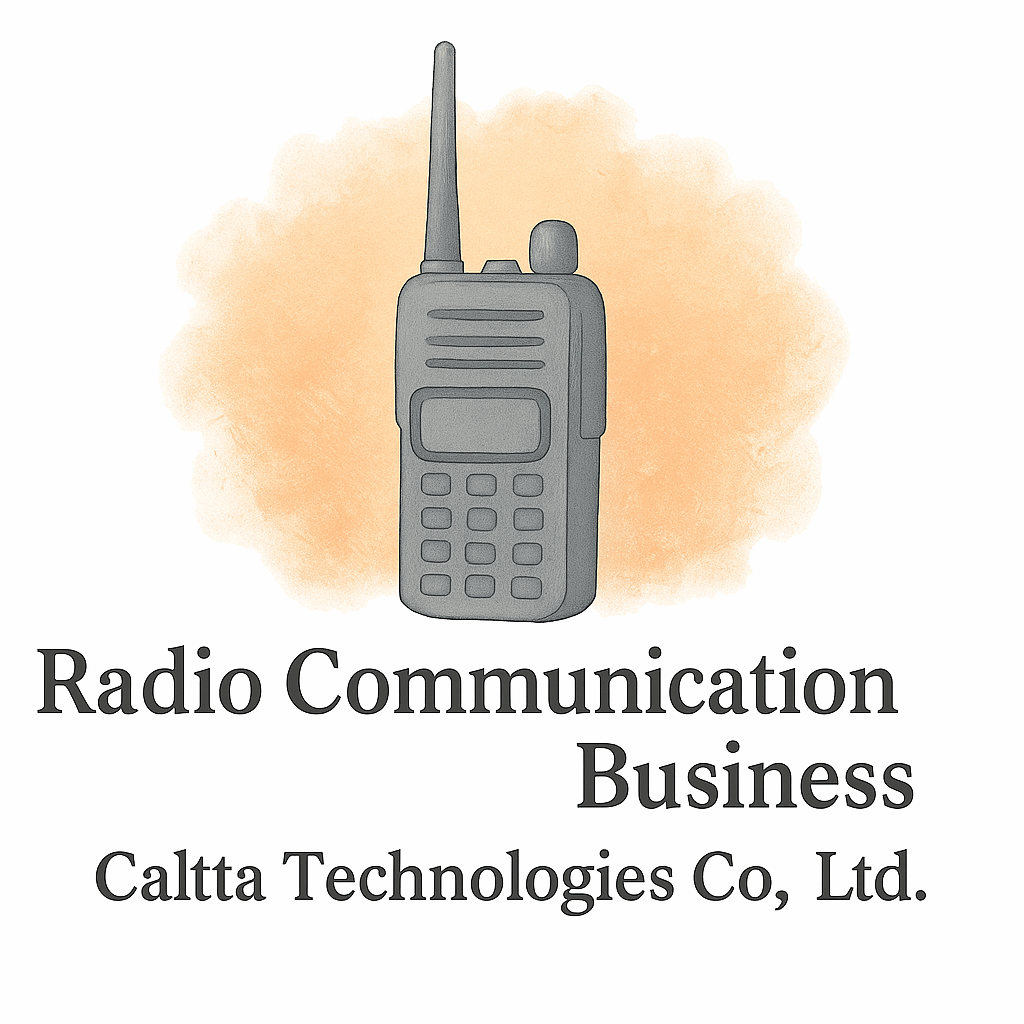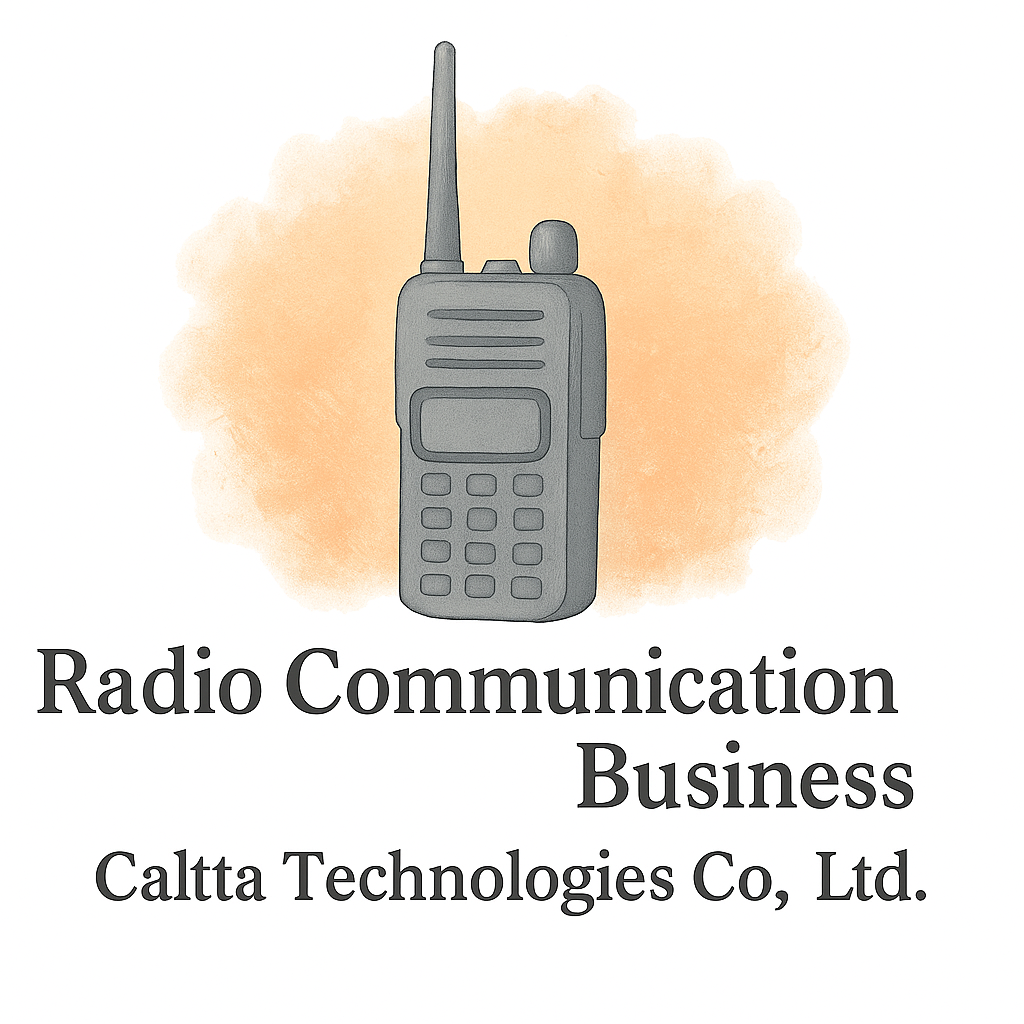Introduction to Radio Communication Policies
Radio communication isn’t just for emergency responders—it’s a lifeline across industries like aviation, logistics, security, and construction. Having the right policies in place can mean the difference between a quick, coordinated response and costly delays. In today’s fast-paced environment, businesses that adopt structured radio communication policies enjoy better coordination, safety, and efficiency.
Why Response Time Matters in Radio Communication
When we talk about communication speed, it’s not just about talking fast—it’s about clarity, timing, and proper delivery.
The Cost of Slow Communication
A delayed message during a medical emergency, a logistics mishap, or a construction hazard can cost more than just time—it can risk lives and profits. Poor response times often stem from unclear policies, untrained staff, or outdated equipment.
Industries That Rely on Rapid Radio Response
- Emergency Services (police, fire, EMS)
- Aviation and Transport
- Logistics and Warehousing
- Construction and Industrial Sites
- Event Management and Security
Each of these industries thrives on fast, accurate, and reliable communication. Without policies, chaos wins.
Policy #1: Standardized Communication Protocols
Consistency is key. Without rules, radio chatter becomes noise.
Benefits of Clear Protocols
- Minimizes confusion
- Speeds up response times
- Keeps everyone “on the same page”
Examples of Standardized Phrases
Simple codes like “10-4” for acknowledgment or “Code Red” for emergencies make responses faster. Protocols should be written, trained, and reviewed regularly to stay sharp.
Policy #2: Regular Training and Drills
Even the best policies fail without practice.
Building Muscle Memory in Teams
Just like athletes drill plays, radio users must practice commands. Regular role-play scenarios condition staff to respond quickly without hesitation.
Reducing Errors Under Pressure
Training builds confidence. Under stress, people revert to what they’ve practiced. That’s why consistent drills reduce hesitation and cut mistakes.
Policy #3: Prioritization Rules for Messages
Not all messages deserve equal airtime.
Emergency vs Routine Communication
Policies should separate emergency broadcasts from routine updates. Emergencies interrupt everything, while routine messages are queued.
Streamlining Message Flow
Clear rules keep radios free from clutter. For example, “priority override channels” can save seconds that matter.
Policy #4: Technology and Equipment Upgrades
Old gear slows you down.
Modern Devices and Software
Digital radios, encrypted channels, and GPS-enabled systems give teams faster and clearer communication.
Linking to Equipment & Technology
Investing in modern equipment ensures compliance, efficiency, and better integration with new tech tools.

Policy #5: Compliance with Regulations
Ignoring compliance can cost your organization both legally and operationally.
Avoiding Miscommunication with Legal Guidelines
Following law and compliance standards reduces interference and ensures proper frequency management.
Compliance Standards
Having documented, regulation-based policies guarantees your systems are safe, legal, and reliable.
Policy #6: Integration with Other Systems
Radios shouldn’t work in isolation.
Linking Radio to Digital Platforms
Imagine integrating radios with dispatch software or emergency apps—teams respond faster with real-time data syncing.
Industry Tech Tools
Modern tools like AI-based monitoring streamline communication, blending traditional radios with smart technologies.
Policy #7: Monitoring and Feedback Loops
Policies without feedback are just paperwork.
Real-Time Monitoring Tools
Dashboards and analytics help leaders track response times and identify gaps in communication.
How Feedback Improves Speed
Team members can learn from past errors. Monitoring ensures issues are addressed immediately, not after it’s too late.
Policy #8: Promoting a Culture of Accountability
Policies mean nothing if people ignore them.
Leadership’s Role in Radio Efficiency
Managers must set the tone—holding staff accountable for radio discipline ensures smoother operations.
Team Collaboration and Networking
Strong teamwork fosters respect for policies. Networking with industry peers also shares best practices.
Common Mistakes to Avoid in Radio Communication Policies
Mistakes and Hacks
- Overcomplicated codes
- Failure to train regularly
- Ignoring feedback
Poor Equipment Maintenance
Neglected devices cause delays. Regular inspections save time and money.
Industry Insights: Trends in Radio Communication
Industry Insights and Future Growth
The future is hybrid—traditional radios will integrate with cloud platforms and digital apps.
The Role of AI and Automation
AI will soon filter, prioritize, and even predict communication needs, improving response times further.
Cost-Saving Benefits of Effective Radio Policies
Cost-Saving Strategies
Strong policies reduce wasted airtime, downtime, and equipment replacement.
Budget-Friendly Solutions
As outlined in budget strategies, businesses can adopt low-cost digital upgrades while keeping efficiency high.
How Businesses Can Implement These Policies
Step-by-Step Setup Guide
- Assess current communication gaps
- Write down standardized policies
- Train and drill consistently
- Upgrade equipment as needed
- Monitor, review, and refine
Business Startup Basics for Communication
New businesses can integrate these radio policies early to avoid costly mistakes later.
Conclusion
Radio communication is more than talking—it’s about speed, clarity, and responsibility. By adopting these 8 radio communication policies that improve response time, organizations can boost efficiency, cut risks, and save money. Whether you’re running a small event or a multinational operation, strong communication policies give you the edge you need.
FAQs
- Why are radio communication policies important?
They ensure clarity, reduce mistakes, and speed up responses. - Which industries benefit most from faster radio responses?
Emergency services, logistics, aviation, and event management. - How often should staff train on radio protocols?
At least quarterly, with drills for emergencies. - Do I need expensive equipment to improve response time?
Not always—cost-saving upgrades can be budget-friendly. - What’s the biggest mistake businesses make with radios?
Skipping training and letting equipment maintenance slide. - Can small businesses benefit from these policies?
Absolutely—startup basics include adopting good communication habits early. - What role will AI play in radio communication?
AI will prioritize, filter, and automate responses, making communication faster and smarter.


